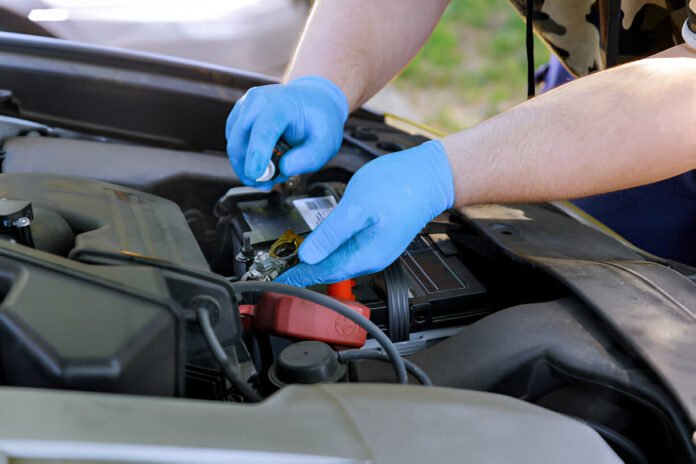A malfunctioning fuel pressure regulator produces multiple engine problems, which negatively impact vehicle performance, decrease fuel efficiency, and create driving difficulties.
Early recognition of these symptoms helps avoid both expensive maintenance costs along with safety threats. Detecting problems with your fuel regulator requires immediate attention because failure to do so could lead to serious consequences.
How a Faulty Fuel Regulator Affects Your Vehicle
Optimal engine combustion depends on the fuel pressure regulator because it maintains proper fuel delivery to the engine. A malfunctioning fuel pressure regulator results in air-fuel ratios that are either excessive or insufficient which creates multiple system issues.
Guarding the Corvette fuel filter regulator alongside other components helps users keep their engines running smoothly regardless of standard or high-performance vehicle type.
OSIAS has gained industrywide trust as a reliable automotive parts supplier which furnishes fuel system components to sustain your vehicle’s operational efficiency. Their durable and reliable fuel regulators help prevent many common issues associated with fuel system failure.
Common Symptoms of a Bad Fuel Pressure Regulator
1. Engine Misfires and Poor Acceleration
An improperly functioning fuel pressure regulator prevents proper fuel delivery, which results in engine misfires or delayed response and reduced acceleration characteristics. Your vehicle fails to respond to gas pedal inputs, which signals that the regulator is unable to regulate proper pressure.
2. Black Smoke from the Exhaust
The presence of an excessive amount of fuel in the combustion chamber creates black smoke that is released through the exhaust. Problems with fuel pressure regulation can produce an abundant mixture of fuel and air, which typically stems from a defective fuel pressure regulator.

3. Fuel Leakage and Strong Odor
The diaphragm component of the regulator working alongside its seal faces damage that results in fuel leakage. Warning signs of a fuel system problem become evident through intense gasoline odours together with visible wet areas. These issues demand swift action.
4. Check Engine Light Activation
Modern vehicles use sensors to monitor fuel pressure. If the regulator fails, the check engine light will likely turn on. A diagnostic scan can confirm if a fuel pressure issue is present.
5. Difficulty Starting the Engine
A variable fuel supply between the tank and your car engine will impact your vehicle’s starting ability. Your vehicle may experience multiple crank attempts or complete engine failure as a sign that the fuel pressure regulator needs replacement.
6. Drop in Fuel Efficiency
A defective fuel pressure regulator will either fail to control fuel supply correctly or result in unnecessary fuel consumption hence impacting vehicle mileage negatively. If you are filling up more frequently without a clear reason, it is worth checking the regulator.
Preventative Measures and Final Thoughts
You should handle a faulty fuel pressure regulator straight away because such issues can trigger numerous severe engine complications. The combination of regular maintenance with high-quality replacement parts from OSIAS and immediate inspections will help ensure your vehicle operates without problems.
You should contact an expert mechanic to evaluate the situation when any of these signs appear so they can fix the issue before further complications occur.




